- Waste and recycling
Recycling Activity in South Australia 2017-18
Executive Summary: Each year since 2003-04, Green Industries SA has measured recycling activity and waste disposal to landfill in South Australia (SA) to assess the State’s performance against South Australia’s Waste Strategy. This report presents the results from the SA Recycling Activity Survey for 2017-18. Summary of 2017-18 results: SA’s landfill diversion rate is the highest accomplished since the survey commenced. The State has once again achieved the highest diversion rate of any state in Australia. The increase in diversion rate is driven by a substantial increase in masonry materials on the back of State infrastructure projects. In 2017-18, the industry was greatly affected by China’s waste and recycling policy ‘National Sword’. China changed its acceptance criteria for recovered materials, particularly plastics and fibre. This change in specification meant that Australian MRFs could not access the China market, causing prices for mixed paper/cardboard and mixed plastics to drop significantly. The SA recycling industry is transitioning to this new market situation and responding to these changes by: Implementing measures to improve the quality of recovered materials (via education, infrastructure investment and process changes), and Reducing its future reliance on international markets (e.g. through contracts and investment in infrastructure for local reprocessing of recyclables). These measures are expected to improve the quality and volume of locally processed plastics and fibre over time. The total resource recovery for SA in 2017-18 was 4.49 million tonnes (see Table 1 below). This comprised: 3.14 million tonnes of ‘Standard Reporting Materials’ (including Metals, Organics, Cardboard & Paper, Glass and Plastics); 1.35 million tonnes of ‘Separately Reported Materials’ and Clean Fill (including soil, sand and rubble, which can fluctuate significantly across reporting years). Total landfill disposal for SA was 0.88 million tonnes. SA therefore achieved a total diversion rate of 83.6% (of waste material diverted to resource recovery).
Download




